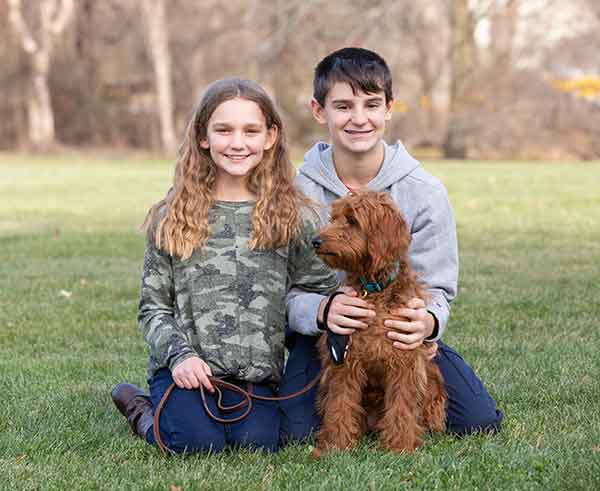Sleep Apnea Treatment for All Ages
At our practice we find many children and adults who complain of snoring, ADD, waking up in the morning feeling tired and more. Orthodontic treatment can assist with some of the factors that cause sleep apnea. If you are concerned about this, please don’t hesitate to ask us how we can help.
Sleep Apnea & Orthodontics
SDB (sleep-disordered breathing) is a group of medical conditions that are characterized by abnormalities in the quality or pattern of respiratory activity. These include snoring, upper airway resistance syndrome, and OSA (obstructive sleep apnea).
All of these conditions involve restriction of the airway. With snoring and upper respiratory resistance syndrome, the airway is partially blocked, and the sympathetic nervous system is still functioning properly. It is important to address these conditions before they become apnea, which can have more serious consequences.
Treatment for Sleep Apnea
Does your child snore? Does your child come home tired or irritable? If your child snores, shows signs of restless sleep, or has been diagnosed with Attention-Deficit Hyperactivity Disorder (ADHD), they may be suffering from sleep apnea.
What Is Sleep Apnea?
Obstructive sleep apnea is characterized by pauses in breathing, known as apneic events. During these events, the blood oxygen level drops, triggering sympathetic nervous system activity. Often called the “fight or flight response,” this system is responsible for releasing adrenalin, raising blood pressure, and increasing heart rate. The patient rarely awakens fully during these events, and therefore is not consciously aware that breathing stopped. However, he or she experiences the same physiological effects that accompany panic, resulting in fragmented sleep.
A full consultation with Dr. Thompson will help you to see how you can better observe your child’s sleeping habits to catch any signs of sleep apnea. Some commons signs that your child may have a sleep-related breath disorder are:
- Snoring
- Pauses in breathing
- Chronic mouth breathing
- Constant tossing and turning
- Night panics
- Bed-wetting
Treating Sleep Apnea in Children
Various treatments are available for sleep apnea and can be very effective, depending on the cause. If your child’s sleep apnea is caused by enlarged tonsils and adenoids, they can be removed through surgery. Another solution is Continuous Positive Airway Pressure (CPAP) therapy. This involves the use of a machine that delivers mild air pressure through a mask that is worn while your child sleeps to keep the airway open.


